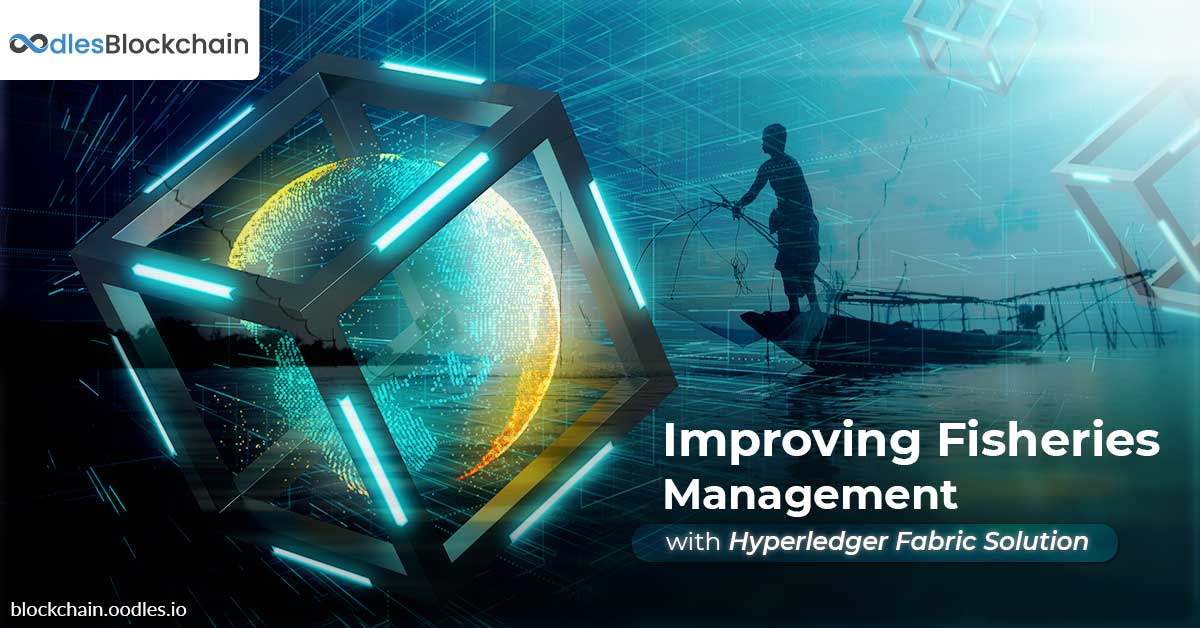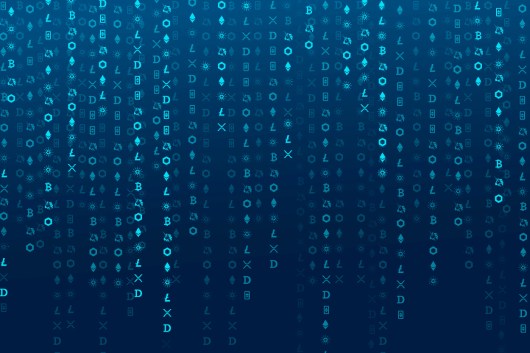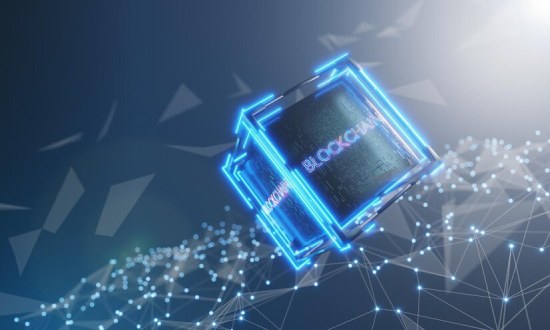-
Lack of sustainability, transparency, and traceability are common challenges that traditional seafood supply chains face today. Key fishing and agriculture companies and the associated supply chain participants need transformative solutions to address these challenges. They need technological advancements like blockchain technology to enhance trust and integrity in the seafood supply chain.
Digitizing processes and having end-to-end data visibility with blockchain solutions can provide demonstrable proof-of-product integrity to end-customers. It can not only increase transparency but also augment the effectiveness of audits and communication between different parts of the supply chain. Let’s take how this is achievable with a Hyperledger Fabric application development used to address seafood supply chain challenges.
Hyperledger Fabric
Hyperledger is an open-source project started by Linux Foundation in December 2015. It aims to improve the performance, efficiency, and reliability of existing blockchain technology platforms so that they can solve real-world problems.
Hyperledger Fabric is one of those hyperledger projects which solves issues of existing blockchain platforms like Ethereum. Hyperledger Fabric is an open-source and permissioned blockchain platform. While it shares some similarities with Ethereum, there are some significant differences between both.
Hyperledger Fabric comprises of a modular architecture, smart contracts (chaincode), and configurable consensus and membership services. A Fabric Network contains "Peer nodes," which execute chaincode, access ledger data, and endorse transactions and interface with application SDK (Software Development Kit).
Also Read: Industry-Specific Use Cases of Hyperledger Frameworks
Main components of Hyperledger
Channels
Channels are the data partition mechanisms, which enable only permissioned stakeholders to see transactions. Each channel represents an independent chain of transaction blocks having transaction records for that specific channel only.
Chaincode
It is a smart contract that contains the business logic of the Hyperledger Fabric network and ascertains how to manipulate the assets within the network.
Ledger
It contains the current world state of the network and chain of transactions. It is a shared, permissioned ledger, which is an append-only system of records serving as a single source of truth.
Network
It is a collection of peers that form a blockchain network. The network is responsible for maintaining the same copied ledger.
Ordering Service
It accepts endorsed transaction with RW sets and sends them in a block to the committing peers.
World State
It is equal to the current data about all the assets in the network. This data is stored in a database for effective access. Currently, supported databases are LevelDB and CouchDB.
MSP (Member Service Providers)
The MSP is a component that defines some rules in which identities are authenticated, validated, and enabled access to a network at each step.
Also Read:
Solving Supply Chain Challenges with Hyperledger Sawtooth
Use Case: Solving Supply Chain Management Challenges with Blockchain
Problem Statement: Seafood Industry
The current seafood industry has poor fisheries management due to challenges of lack of transparency, traceability, etc. Our goal is to eliminate illegal, unregulated and unreported fishing. We will use Hyperledger Fabric to bring transparency and clarity to seafood supply chain management.
Hyperledger Fabric Solution
We will be using Hyperledger Fabric to solve/improve the fisheries management, from the fisherman to the restaurant. In a hypothetical scenario, the following will be the actors/stakeholders:-
Fisherman, who sustainably and legally catches fishes.
Regulators, who verify that the fishes have been legally and sustainably caught.
Restaurant owner (A), who will serve as the end-user.
Another restaurant owner (B) to whom as well, the fisherman can sell fishes.
Roles of Stakeholders
Fisherman
A fisherman records information about each fish, including its unique ID number, location, time, weight, the vessel type, who caught the fish and, much more. These details are saved in the world state based on the specifications of a chaincode contract as a key/value pair. Here's an example of a transaction created by a fisherman on the ledger:-
Var fish= { id: ‘0001’, holder: ‘Sarah’, location: { latitude: ‘41.40238’, longitude: ‘2.170328’}, when: ‘20170630123546’, weight: ‘58lbs’, vessel : ‘9548E’ };
Restaurant Owner
The restaurant owner wants to buy low-cost and good quality fishes that are legally and sustainably caught by a fisherman.
The relation between a fisherman and a restaurant owner
A fisherman wants to sell his fishes to different restaurants at different prices, for example, $80 per pound to B and $50 per pound to A.
However, what if this agreement is visible to all restaurant owners. Hyperledger Fabric provides channels, which can make the fisherman agree with both buyers privately without anyone knowing the specifics.
Regulators
Their role is to confirm, verify, and view details on the ledger. Their application will query the ledger and check the details to confirm whether the fisherman has legally caught the fish or not. Regulators can restrict the fisherman from accessing the network upon suspicion.
The Role of MSP (Membership Service Provider)
MSP (membership service provider) can handle the task of approving only permissioned participants to join the application. It will also manage users' IDs and authenticate to use the network.
In our scenario, we will have two separate chain codes, running on three separate channels.
Chaincodes
- Price agreement between restaurants and the fisherman
- Fish transferring
Channels
- Price agreement between the seller (Fisherman) and the buyer (Restaurant A)
- Price agreement between the seller (Fisherman) and the buyer (Restaurant B)
- Fish transfer
Each member of the network knows each other and their identities. The channels provide transactional privacy and confidentiality.

Explanation of above Architecture:
- Fisherman catches a fish and uses the supply chain applications to record all the details to the ledger. Before it dispatches the ledger, the transaction is sent to the endorsing peers on the network, where it is endorsed. The endorsed transaction is passed to the ordering service, which ordered them into a block. These blocks are then passed to the committing peers in the network, where it is committed to the ledger after validation.

- Regulators use their application to query the ledger for details about specific catches except for price since they do not have access to the price-related chaincode.
- A fisherman has an agreement with a restaurateur B, and agree on a price of $80 per pound. Blue channel for the chaincode contract $80/lb and updated with a block containing this transaction.
- In a separate agreement, fisherman and Restaurant B agree on a special price of $50 per pound. Red channel’s chaincode contract $50/lb and updated with a block containing this transaction.
Conclusion
Hyperledger Fabric-operated Seafood Supply Chain can provide several advantages that can boost efficiency, customer trust, and growth.
- End-to-End transaction traceability and transparency resulting in enhanced trust throughout the supply chain
- Process automation saving time and operating costs
- Vendors and consumers can check the provenance and authenticity of what they’re buying
- Public and permissioned blockchain solutions development for privacy and confidentiality concerns
If you're thinking of making your supply chain more efficient, our Hyperledger and other platform-based enterprise blockchain solutions and services might provide appropriate assistance.

Our Offices
INDIA
Emaar Digital Greens, Sector 61,
Gurugram, Haryana
122011.
Welldone Tech Park,
Sector 48, Sohna road,
Gurugram, Haryana
122018.














